How much would you pay for a tomato?
26 May 2015 | Skopea Limani, Turkey Preparing to leave the marina for the first time after a winter away is always...
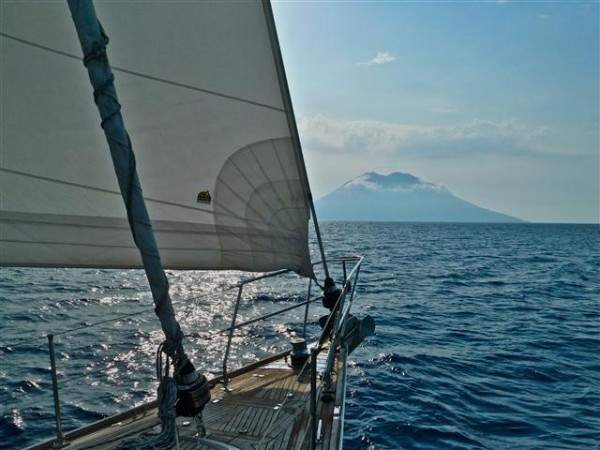
Between Tropea and Sicily lies a group of seven volcanic islands (two of which are active volcanoes) called the Aeolians. In August, ferries and hydrofoils run non-stop each day from mainland Italy and Sicily to the islands, carrying thousands of visitors embarking on the quintessential Italian holiday. The water is turquoise and each island has a different landscape, a distinct character and atmosphere, each is a unique destination. With guests to drop off and others to pick up, we had just enough time to make quick stops at five of the islands, but it was immediately clear that we could easily spend weeks there.
Stromboli

Just 30 miles from Tropea, Stromboli is Europe’s most active volcano. It’s single cone stands 3,038 feet from sea level, burping at regular intervals. The town is unimpressive, but people don’t go to Strombli to for the restaurants or accommodations, they go for the volcano, to hike it, to watch the spectacular eruptions.
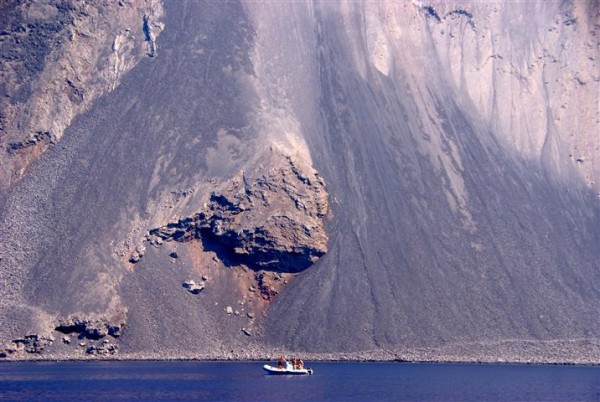
We didn’t have time for the climb, but we did move Berkeley East around the island so we could watch Stromboli perform, first at night when the cascades of molten lava illuminated the hillside, and then during the day, when white smoke puffed out of the cone and rocks tumbled down into the sea. It was quite a show.
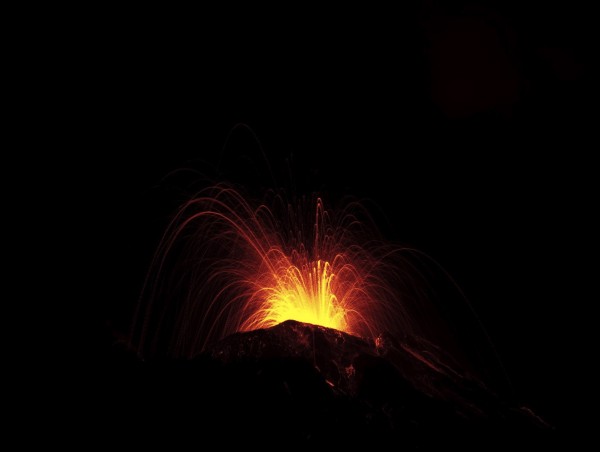
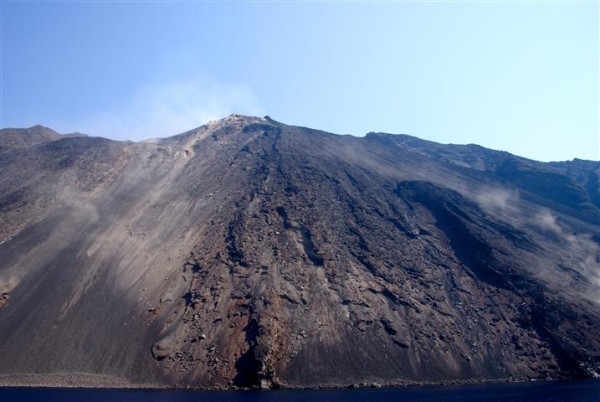
Basiluzzo to Panarea
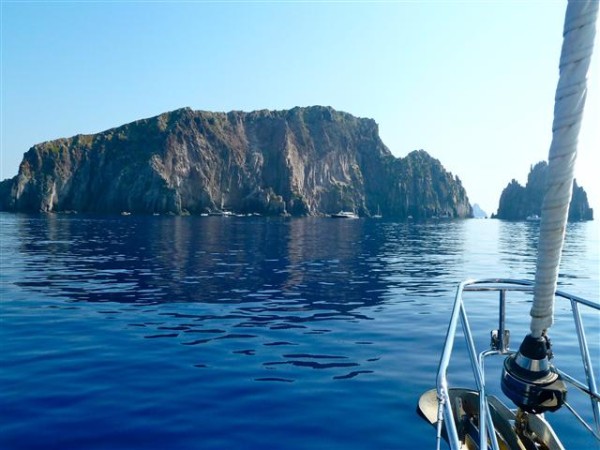
Just off the island of Panarea, there is a beautiful rock, Basiluzzo, surrounded by crystal clear water. It is actually more of a sculpture than a rock.
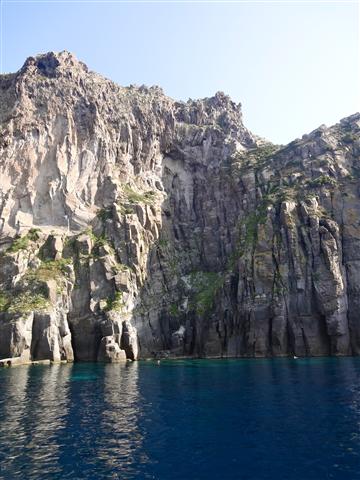
We anchored for a swim before moving on to Panerea, the smallest of the Aeolian Islands, for the night. From the boat, Panerea didn’t look like much, but when we went ashore in the morning, we found a beautiful, chic, whitewashed village that met every expectation we had of life in the Mediterranean.

Salina
At the center of the Aeolians, Salina is has twin peaks and is surrounded by very deep water. Once again, we found ourselves crowded by boats looking for shallow depths. There were just days left of the August holiday and the Italians were taking full advantage of their time off. Upon exploring the town, we discovered a classy, comfortable atmosphere, yet another unique Aeolian island.
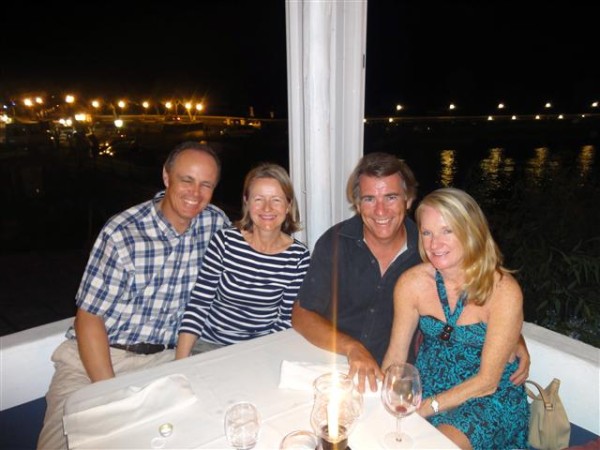
A great dinner in Salina with Anne and Martin
Lipari


The largest and most populated Aeolian island, Lipari had more of a city, than island, feel. It was a cruisers dream, however, with everything you could want or need within walking distance of the dingy dock.

Sadly, it also came with juvenile delinquent boys who tried, unsuccessfully, to take our dingy hostage. It was the first time since entering Italy, actually since arriving in the Med last year, that we encountered even the slightest problem. Not bad considering how many different place we have visited.

In route to Lipari we came across an amazing flying machine, it is not a bird, not a plane, not superman, but a flying dinghy!
Vulcano
Vulcano is the southern most island in the Aeolian chain, just 35 miles from mainland Sicily. The island is the result of the fusion of several volcanoes and is still technically active, although it has not erupted since 1890. Because of it’s close proximity to Sicily, Vulcano is the most visited of the Aeolians. We saw proof of this in the first hour after anchoring with the arrival and departure of at least 10 ferries and hydrofoils.
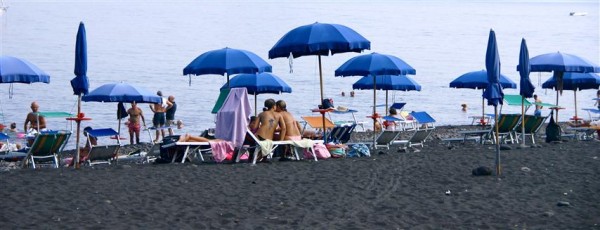
People visit the island for it’s beaches, which are black rather than golden sand, as well as the mud lakes that are said to have all sorts of health benefits. This was our last stop in the Aeolians, we left the next morning with definite plans to return.

